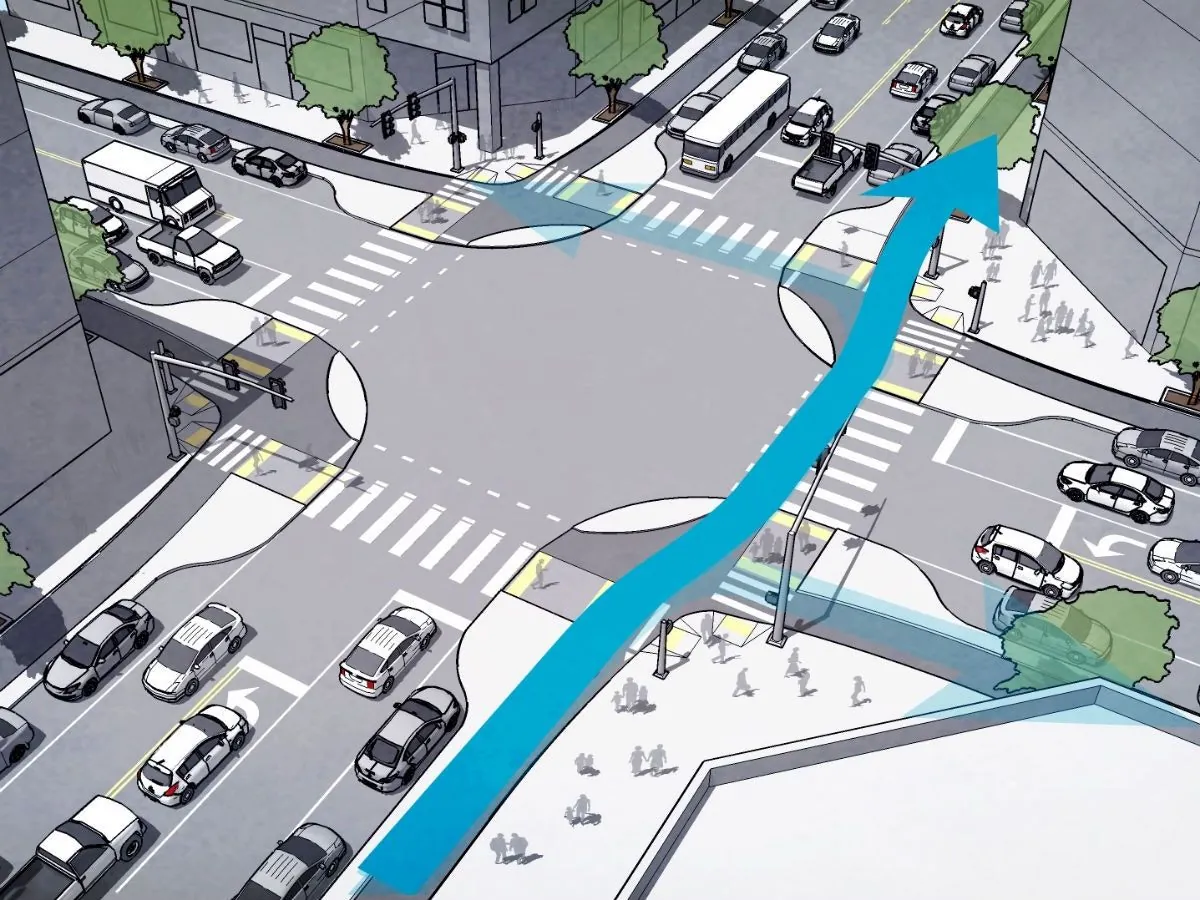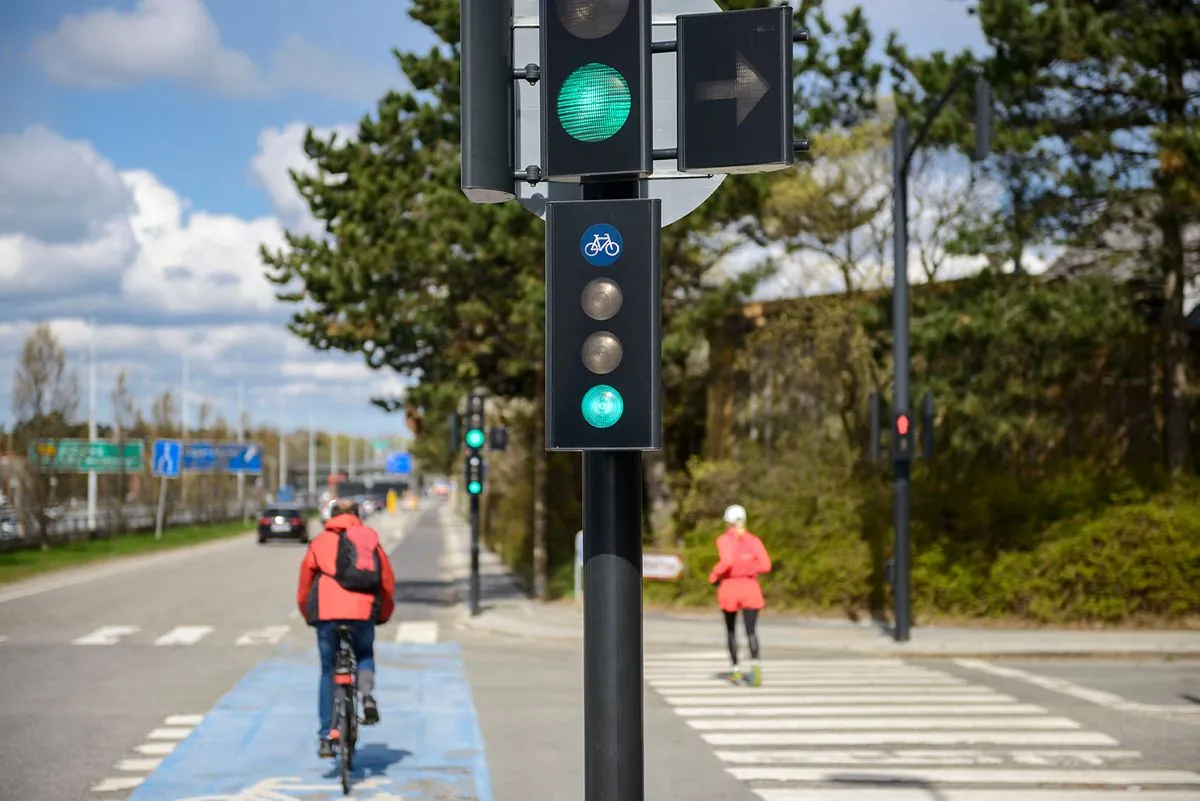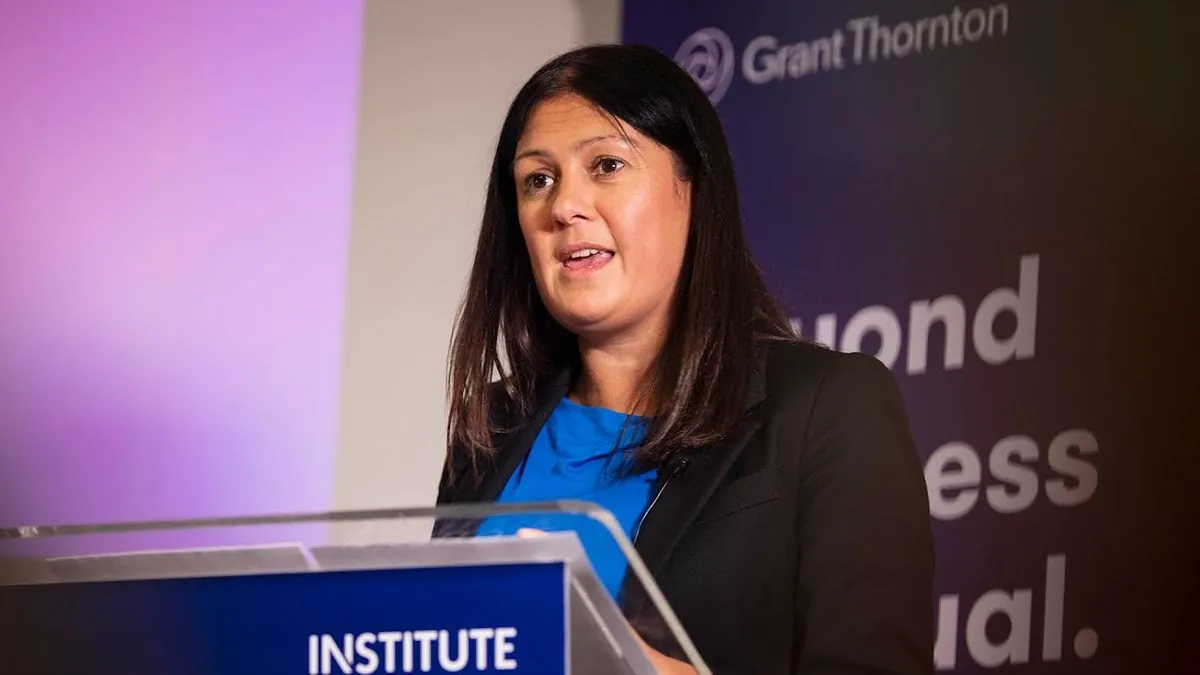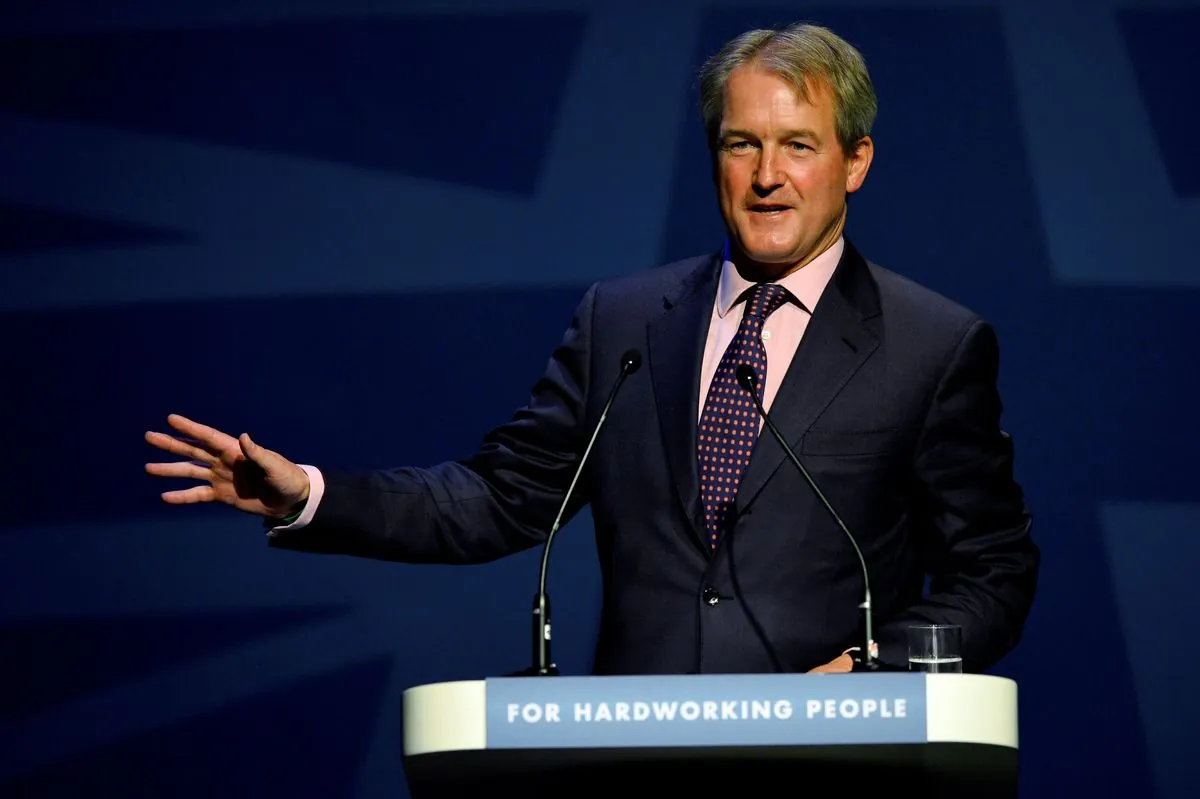Solihull's New Traffic Lights Spark Debate on Cyclist Prioritization
Solihull Council tests traffic lights favoring cyclists, igniting discussions on urban mobility. The initiative raises questions about fairness in transportation policies and the balance between different road users.

Solihull Council, located in the West Midlands of England, has recently initiated a trial of innovative traffic lights designed to prioritize cyclists over other road users. This development has sparked a heated debate about the fairness and implications of such measures in urban transportation.
The introduction of these "intelligent" traffic lights is part of a broader trend in urban planning that has been gaining momentum since the Covid-19 pandemic, which began approximately 4-5 years ago. During this period, many cities worldwide implemented significant changes to their cycling infrastructure, including the creation of "pop-up" bike lanes to encourage social distancing and promote alternative modes of transportation.
Solihull's initiative, while aimed at improving conditions for cyclists, has raised concerns among motorists who already feel marginalized by existing traffic policies. Critics argue that this move further exacerbates the perceived favoritism towards cyclists, who are often seen as a minority group among road users.

The debate surrounding these new traffic lights touches on several key issues in urban mobility:
- Safety concerns
- Fairness in road use
- Environmental impact
- Traffic flow management
Proponents of the new system argue that prioritizing cyclists can lead to improved safety and encourage more people to choose bicycles as a mode of transportation. This aligns with the UK government's targets to increase cycling and walking by 2025. However, critics contend that such measures unfairly disadvantage the majority of road users who rely on cars, especially in areas where cycling may not be a practical option for many.
It's worth noting that traffic light systems have been in use since the early 20th century, with the first traffic light installed in London in 1868. The evolution of these systems reflects changing priorities in urban planning and transportation management.
The implementation of cycling-friendly policies is not unique to Solihull. Many UK cities have introduced Low Traffic Neighborhoods (LTNs) and reduced speed limits to 20 mph in urban areas. These measures aim to improve air quality, reduce accidents, and create more livable urban spaces.
However, the effectiveness and fairness of these policies remain subjects of debate. While they may benefit cyclists and pedestrians, they can also lead to increased congestion and longer journey times for motorists. This raises questions about the balance between different road users and the potential economic impacts of such changes.
The concept of "road user hierarchy," which prioritizes pedestrians and cyclists over motorized vehicles in some urban planning approaches, is gaining traction. However, critics argue that this approach may not be suitable for all areas and could lead to unintended consequences.
As cities continue to evolve their transportation policies, it's crucial to consider the needs of all road users. The debate sparked by Solihull's new traffic lights highlights the importance of transparent decision-making processes and community engagement in shaping urban mobility solutions.
While promoting cycling and walking can have significant environmental and health benefits, it's essential to ensure that these initiatives do not disproportionately burden other road users. Finding a balance that accommodates the needs of cyclists, pedestrians, and motorists alike remains a challenge for urban planners and policymakers.
As the trial in Solihull progresses, it will be important to monitor its impacts and gather feedback from all stakeholders. This data can inform future decisions and help create more inclusive and efficient transportation systems that serve the needs of diverse urban communities.


































